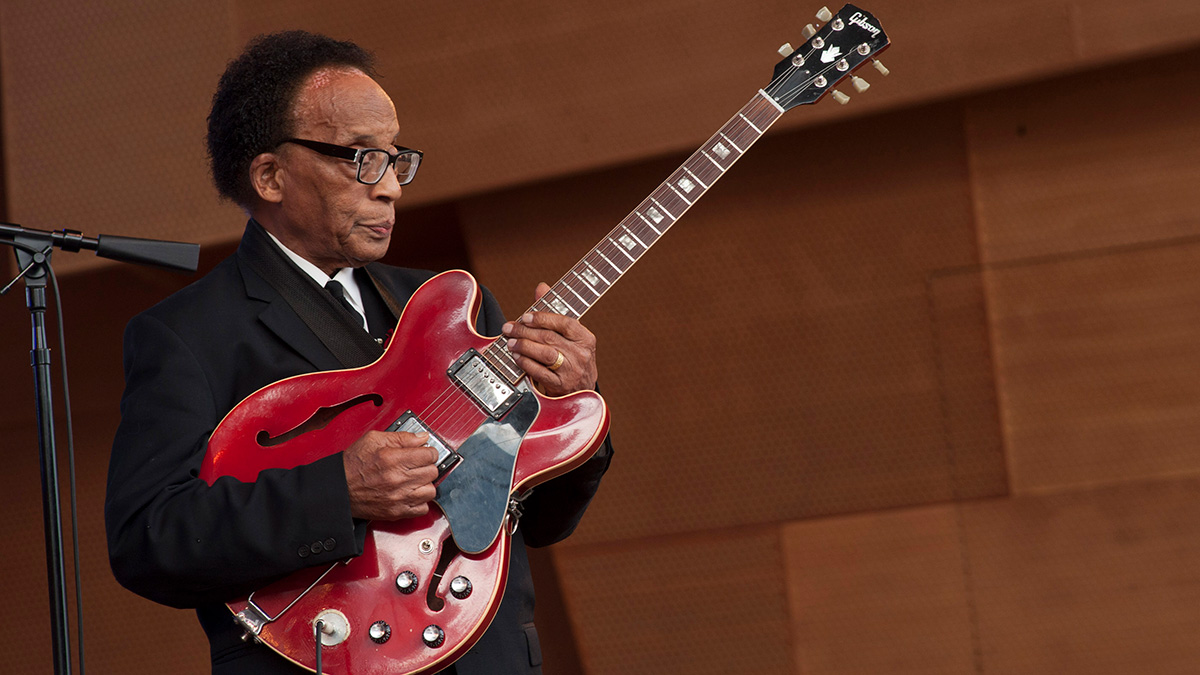“Now every day can be Y2K”: Chase Bliss’s Lossy makes your guitar sound like a broken cellphone – and it might just be the lo-fi stompbox of your dreams
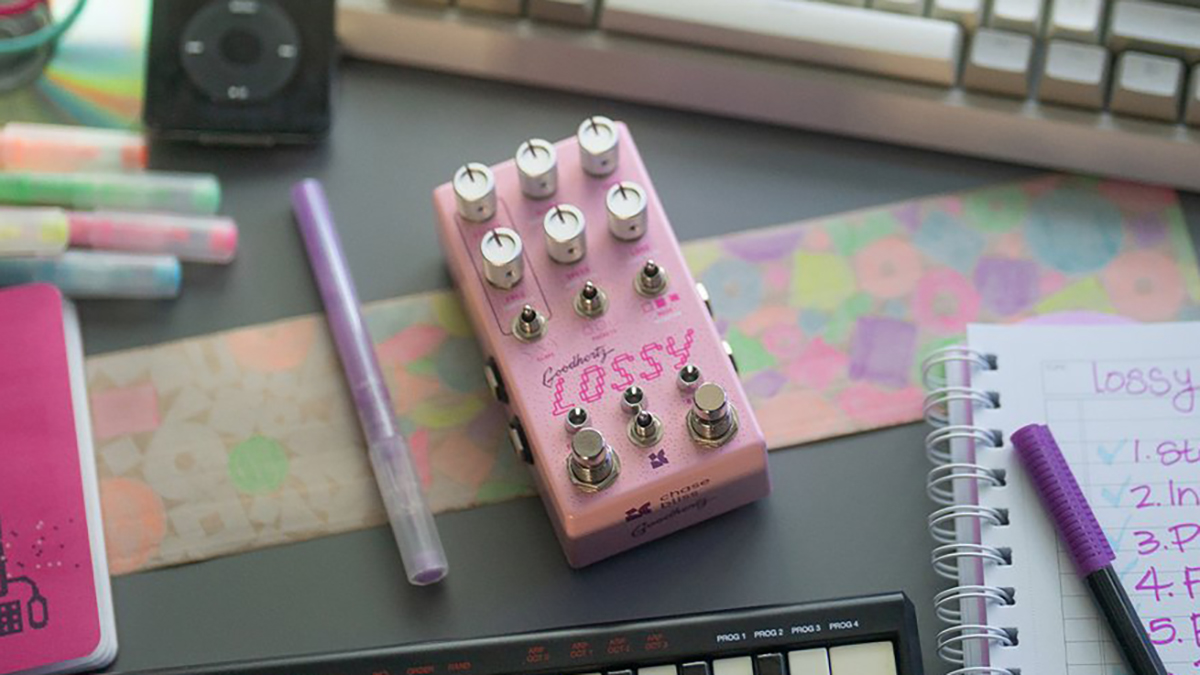
Chase Bliss has teamed up with audio mastermind Goodhertz to release the Lossy – an updated, hardware version of the latter’s popular lo-fi plugin.
First put into development before the pandemic, the Lossy has one goal and one goal only: to warp and deconstruct your signal in such a way that it invokes the vibe and textures of late ‘90s and early ‘00s sounds.
In essence, it chews up whatever you put into it, crunches the signal using the same techniques used to “smoosh sound into an MP3 or video call”, and spits out something that sounds as if it is two or three decades old, riddled with digital dust.
“Now every day can be Y2K,” Chase Bliss says of its new pedal. “It deconstructs your audio, corrupting it and pulling out harmonic artifacts, the infinitely desirable sound of crappy MP3, streaming videos and broken cellphones.”
Given we live in an age where high-fidelity processing and ultra-precise digital recreations of flawless guitar amps are all the rage, Lossy makes for a refreshing entry into a market otherwise obsessed with tonal perfection.
Of course, there is a whole genre of music and an army of players whose very sound is inspired by retro-styled MP3-a-like sounds, so we imagine Lossy is destined to be something of a hit.
As mentioned above, it’s based on Goodhertz’s original Lossy VST, but the whole package has been comprehensively overhauled in order to deliver a more holistic approach to Y2K-inspired soundscaping to your pedalboard.
Get The Pick Newsletter
All the latest guitar news, interviews, lessons, reviews, deals and more, direct to your inbox!
Such upgrades include a performance-friendly physical layout that comprises a boatload of parameters (more on those in a bit), as well as new modes, new features, “more than a few refinements” and a Spectral Freeze ability.
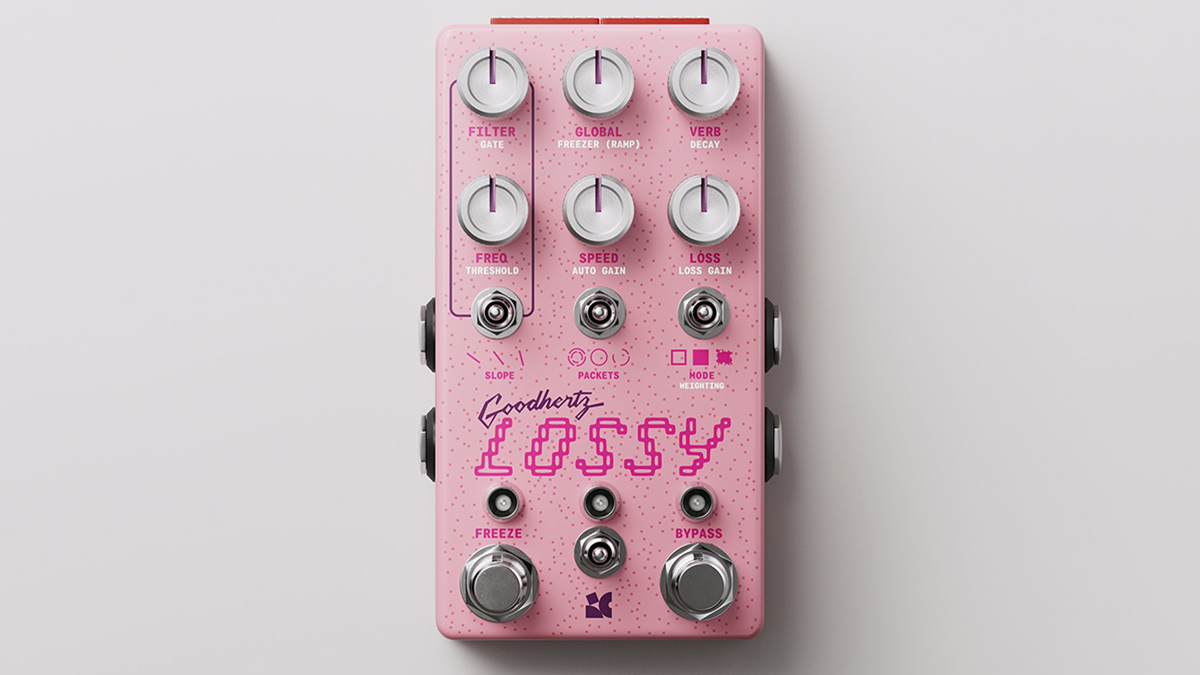
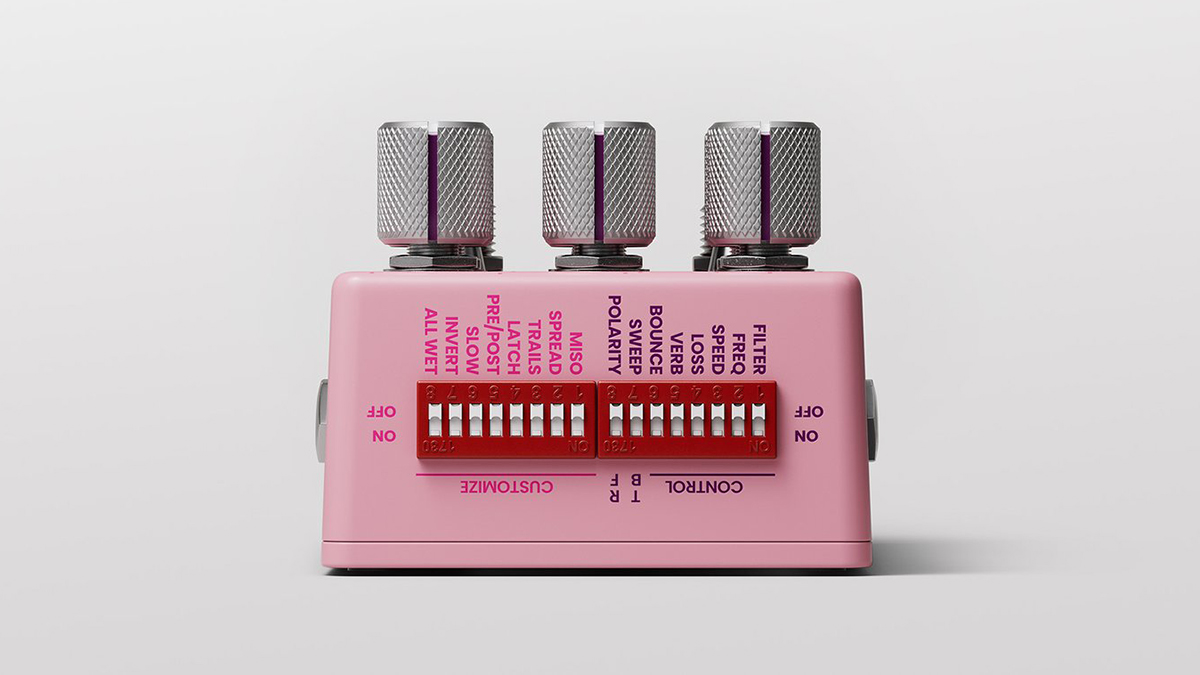
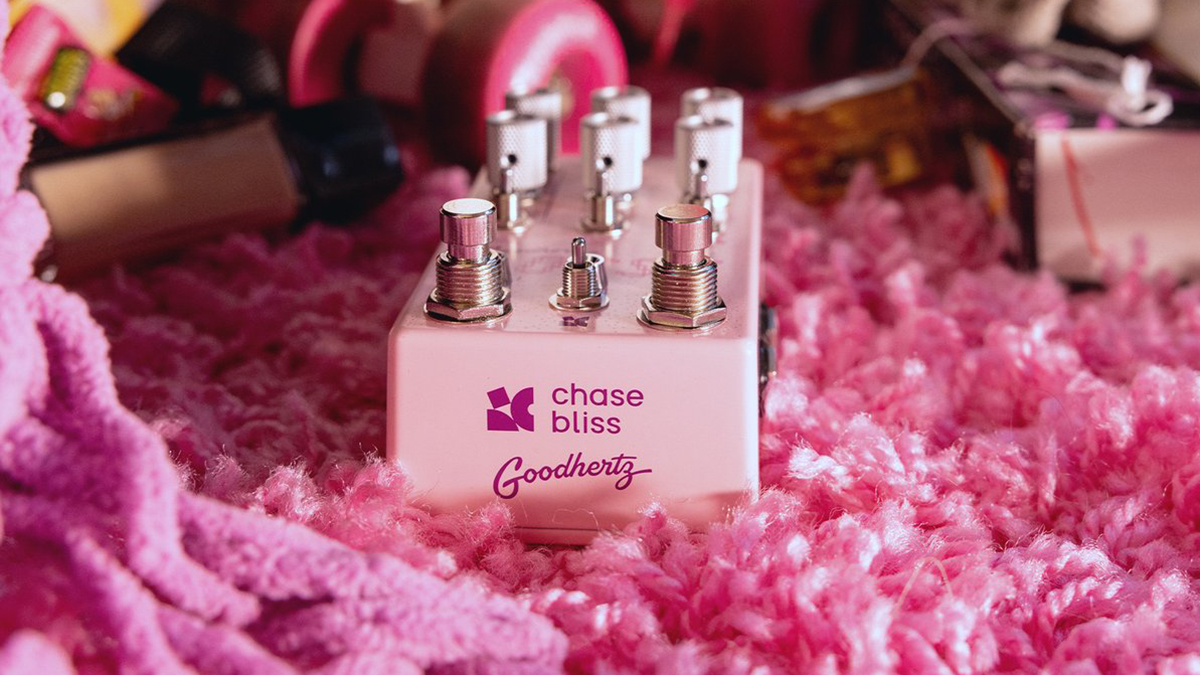
In fact, owing to the above updates, Lossy’s main engineer Devin Kerr said he preferred the pedal to the original. Not bad at all.
Lossy has three toggle-selectable modes – Standard, Phase Jitter and Inverse – which are responsible for those MP3, imperfect clocking, and stripped-down sounds, respectively. Modes are joined by two unique “Packets” (again, toggle-selectable) that offer randomized motion and errors.
On the right-hand side of the pedal, the core “Loss” section of the pedal can be found, comprising the above mentioned toggles, as well as Speed and Loss parameters
These are joined by a Global control knob (a macro parameter that affects the intensity of all of Lossy’s sounds) and a one-size-fits-all Reverb knob. The left side of the pedal is where the filter can be found, with Filter and Frequency controls working alongside a Slope toggle to determine the tonal characteristics of the effect.
All of the above is said to come together to create “all the beautiful and nasty mistakes of confused digital audio”. Words don’t really do it justice: it’s probably best you check out Chase Bliss’s superb demo video above to hear what it’s really about.
On first impression, the Lossy looks to be a lo-fi aficionado's dream, especially since it can do so much more than simply standard lo-fi tricks. We imagine any fan of low fidelity soundscaping worth their salt is probably familiar with the original Goodhertz plugin, and so the pedal version looks to be another home run from Chase Bliss.
The Lossy is available now for $399.
Head over to Chase Bliss to find out more.

Matt is the GuitarWorld.com News Editor. He has a Masters in the guitar, a degree in history, and has spent the last 16 years playing everything from blues and jazz to indie and pop. When he’s not combining his passion for writing and music during his day job, Matt records for a number of UK-based bands and songwriters as a session musician.
“The original Jordan Boss Tone was probably used by four out of five garage bands in the late ’60s”: Unpacking the gnarly magic of the Jordan Boss Tone – an actual guitar plug-in that delivers Dan Auerbach-approved fuzz
“This is a powerhouse of a stompbox that manages to keep things simple while offering endless inspiration”: Strymon EC-1 Single Head dTape Echo pedal review








